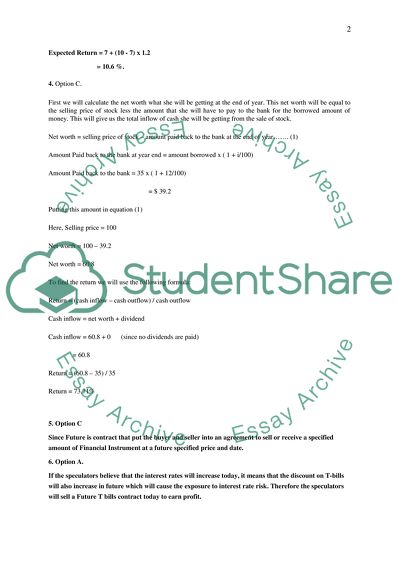Cite this document
(Managing Capital Markets and Finance Assignment Example | Topics and Well Written Essays - 2250 words - 1, n.d.)
Managing Capital Markets and Finance Assignment Example | Topics and Well Written Essays - 2250 words - 1. https://studentshare.org/finance-accounting/1706182-managing-capital-markets-and-finance-calculation
Managing Capital Markets and Finance Assignment Example | Topics and Well Written Essays - 2250 words - 1. https://studentshare.org/finance-accounting/1706182-managing-capital-markets-and-finance-calculation
(Managing Capital Markets and Finance Assignment Example | Topics and Well Written Essays - 2250 Words - 1)
Managing Capital Markets and Finance Assignment Example | Topics and Well Written Essays - 2250 Words - 1. https://studentshare.org/finance-accounting/1706182-managing-capital-markets-and-finance-calculation.
Managing Capital Markets and Finance Assignment Example | Topics and Well Written Essays - 2250 Words - 1. https://studentshare.org/finance-accounting/1706182-managing-capital-markets-and-finance-calculation.
“Managing Capital Markets and Finance Assignment Example | Topics and Well Written Essays - 2250 Words - 1”. https://studentshare.org/finance-accounting/1706182-managing-capital-markets-and-finance-calculation.


